A complete ancient city below the "Yassi Andrews" palace in Luxor
Inside the Luxor Temple, with Egyptian hands, an integrated residential city, two pigeon towers, and pottery used by the ancient Egyptians were discovered.
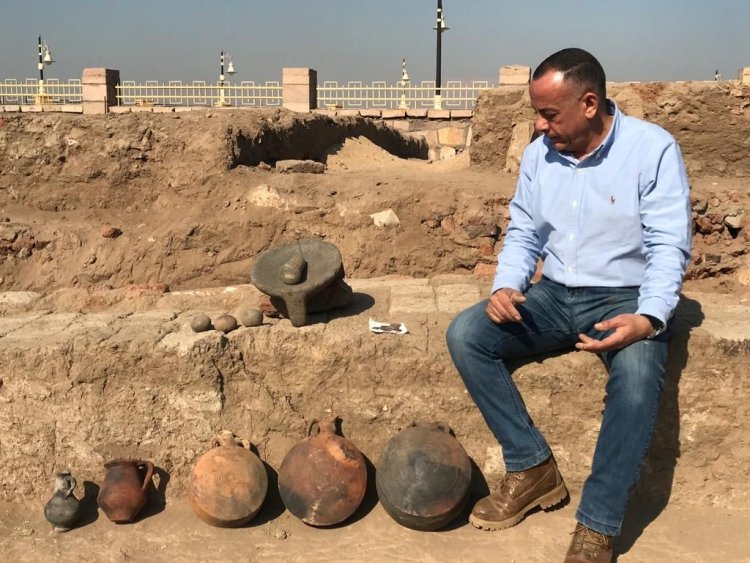
Mostafa Waziri, Secretary-General of the Supreme Council of Antiquities, announced a new discovery made by pure Egyptian hands below the area where the famous "Yassi Andrews" palace in Luxor Temple was removed.
Luxor Temple
Inside the Luxor Temple, with Egyptian hands, an integrated residential city, two pigeon towers, and pottery used by the ancient Egyptians were discovered.
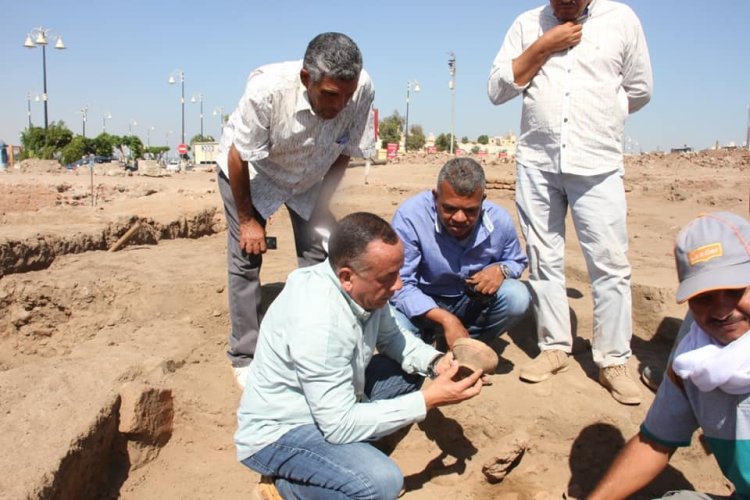
Workshops, tools and utensils dating back to different eras were also discovered, below the area where the famous "Yassi Andrews" palace was removed.
Dr. Mostafa Waziri, Secretary General of the Supreme Council of Antiquities, confirmed that the excavation season began in the region on the first of September 2020.
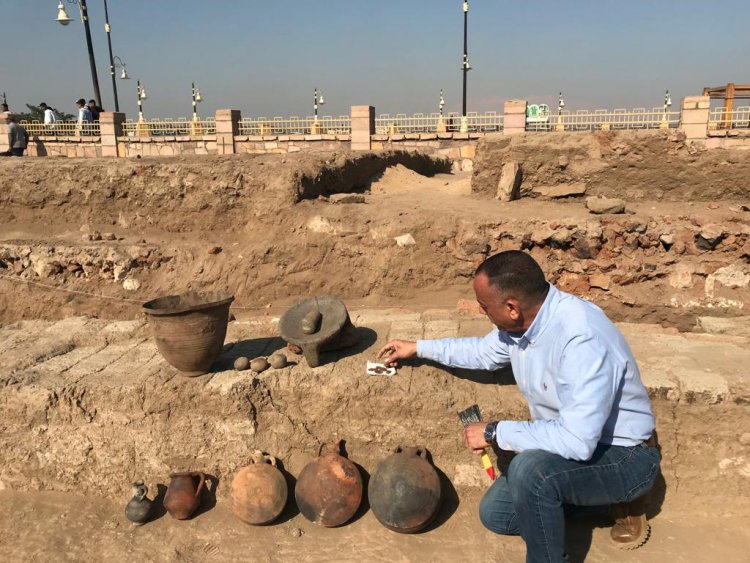
New archaeological discoveries
The Egyptian archaeological mission operating in the Luxor Temple, under his leadership, succeeded in making a number of new archaeological discoveries dating back to different historical eras.
Among the most prominent previous discoveries in the area were the discovery of an old house, a furnace for melting metals, a rare painting, and a number of rare utensils and pieces.
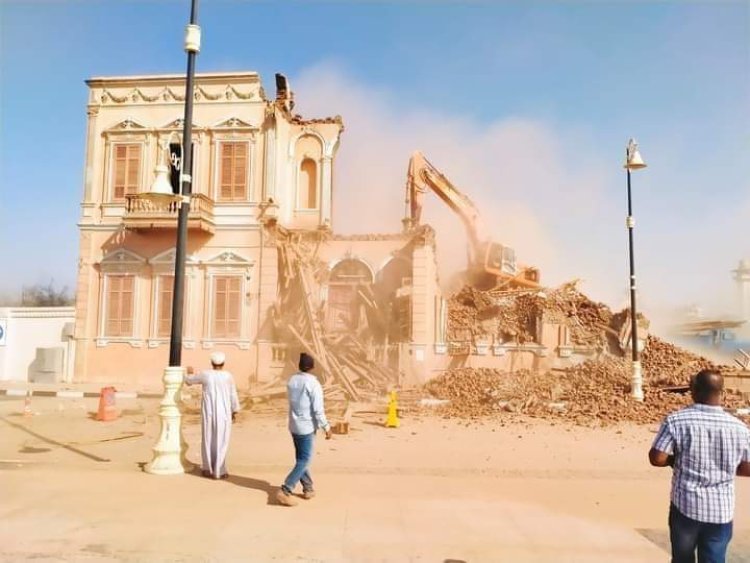
As for the discovered house, parts of a two-storey house with stairs and clear walls dating back to the Roman era appeared, and excavations are continuing to reach the rooms of the house.
During the excavations, a rare stela was discovered on which King "Thutmose the Fourth" and King "Amenhotep the Second" were inscribed.
It is the first painting of its kind to present the offerings of "Thutmose the Fourth" with King "Amenhotep the Second" next to him offering incense and pouring water in front of the "god Amun" on the throne.
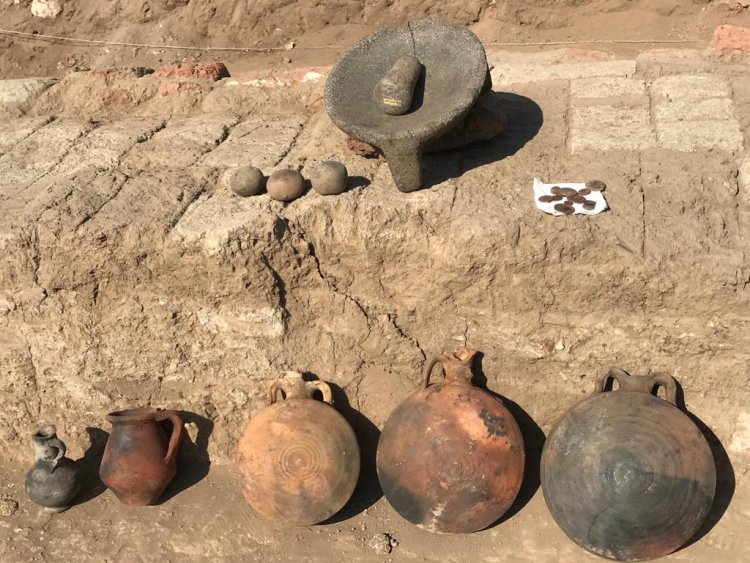
Distinguished excavation season
Utensils for offering offerings were also found, a painting from the Ptolemaic period belonging to King Ptolemy III, a granite dish, and a large amount of wheat and lentils.
A table for offerings was also discovered that was reused, as it was the entrance to a shrine or a temple, and part of it remains as a basin in which offerings of milk or water are placed.
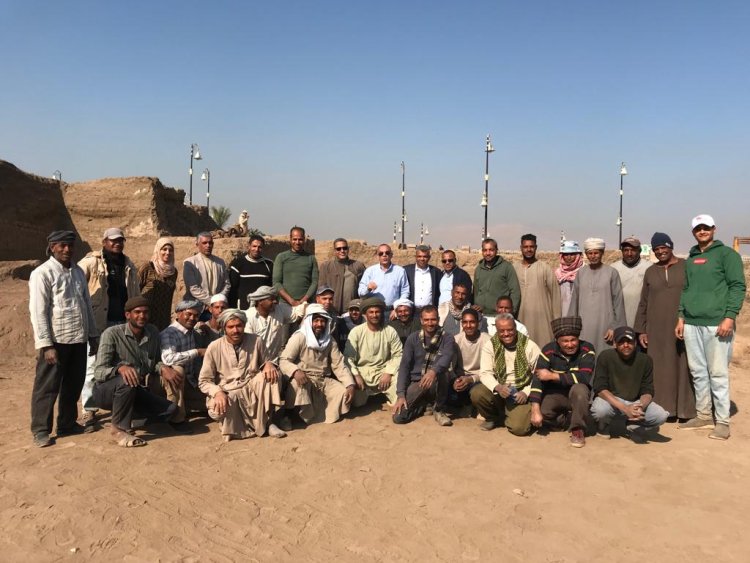
In the new discovery, metal smelting workshops, tools and utensils dating back to the second and third centuries AD appeared, including pottery bottles and grinding tools, along with a quantity of copper coins dating back to the Roman period.
These discoveries herald a distinguished excavation season inside the oldest residential city on the eastern mainland in Luxor Governorate.


 Shrouq
Shrouq 












